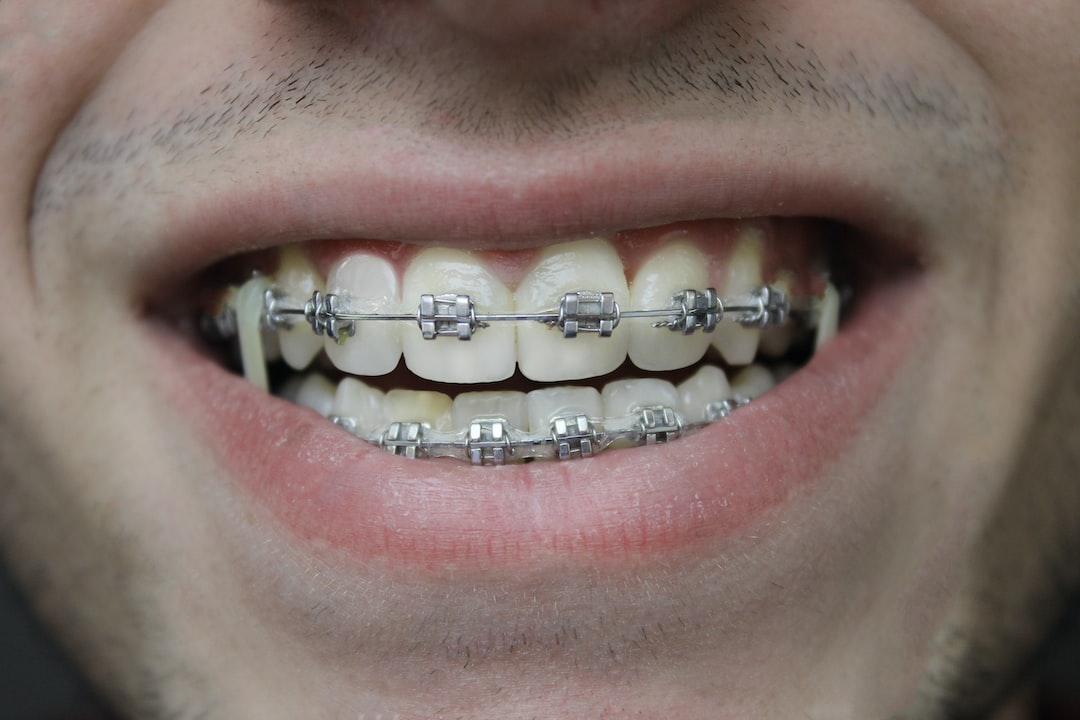Comprehensive Overview to Orthodontics Procedures for Fixing Dental Misalignments
Recognizing the complexities of each procedure, including their devices, advantages, and possible drawbacks, is vital in making educated decisions about one's orthodontic therapy. As we navigate via the detailed overview to orthodontic treatments for correcting oral misalignments, the intricate details of each approach will certainly unfold, losing light on the course towards a useful and harmonious dental alignment.
Orthodontic Procedures Review

Along with standard braces and clear aligners, orthodontists might also recommend various other treatments like headwear, palatal expanders, or retainers to resolve particular alignment problems (orthodontics). These treatments are tailored to every individual's unique demands and may entail a combination of therapies to accomplish the desired results. Regular adjustments and surveillance are crucial components of orthodontic therapy to ensure progression gets on track and to make any type of necessary alterations along the road. By going through orthodontic treatments, individuals can not just accomplish a straighter smile but also enhance their overall dental health and wellness and function.
Traditional Braces: Just How They Function
When taking into consideration orthodontic therapies for dental imbalances, conventional dental braces stand out as a tried and true method for correcting teeth positioning. Conventional dental braces consist of brackets, cables, and bands that work together to use continual pressure on the teeth, progressively relocating them right into the wanted alignment.
One key facet of exactly how conventional braces work is the procedure of bone remodeling. As stress is used to the teeth with the braces, the bone surrounding the teeth is reshaped to sustain the brand-new tooth positions. This makeover is crucial for the lasting security of the dealt with placement. Patients will certainly need regular modifications at the orthodontist's workplace to guarantee the braces continue to apply the appropriate stress for reliable teeth motion.
Undetectable Aligners: Cons and pros
Unseen aligners supply a very discreet and practical choice to typical braces for dealing with dental misalignments. These clear, tailor-made trays are virtually undetectable when worn, making them an appealing choice for people looking for a much more cosmetically pleasing orthodontic treatment. Among the primary advantages of invisible aligners is their removability, enabling much easier upkeep of oral health compared to typical dental braces. People can eliminate the aligners before consuming or brushing their teeth, reducing the danger of food getting stuck in the device and simplifying the cleaning process.

Surgical Orthodontic Options
Surgical interventions in orthodontics existing practical options for dealing with intricate dental misalignments that may not be properly fixed via traditional orthodontic treatments. While invisible aligners and traditional dental braces can remedy many orthodontic concerns, certain situations require surgical treatment to achieve optimum outcomes. Surgical orthodontic options are usually recommended for severe malocclusions, substantial jaw disparities, and cases where the underlying bone framework needs modification to achieve proper placement.
One typical medical orthodontic treatment is orthognathic surgical treatment, which includes repositioning the jaws to fix practical problems such as problem chewing or speaking. This surgical procedure is often carried out in collaboration with an orthodontist that aids straighten the teeth prior to and after the procedure. Surgical orthodontics might additionally involve procedures to expose affected teeth, remove excess gum tissue, or reshape the jawbone to produce a more harmonious facial account.
Prior to taking into consideration medical orthodontic alternatives, patients undertake an extensive assessment to determine the necessity and prospective benefits of such interventions. invisalign. While surgical procedure may appear complicated, it can dramatically improve both the feature and visual appeals of the smile in situations where standard orthodontic therapies fail
Retainers and Post-Treatment Care

Post-treatment treatment entails following the orthodontist's instructions vigilantly. This may include proper oral hygiene techniques, participating in follow-up consultations, and using the retainers as prescribed. Failing to conform with post-treatment care instructions can result in relapse, where the teeth slowly return towards their original positions. Regular retainer wear, good oral hygiene, and normal oral examinations are crucial for keeping the outcomes accomplished with orthodontic surgery and ensuring the long-lasting security of the remedied oral placement.
Final Thought
Finally, orthodontic procedures supply numerous alternatives for correcting oral misalignments. Typical dental braces make use of steel braces and cords to move teeth right into correct placement. Invisible aligners provide a more discreet choice however might not appropriate for all instances. Surgical orthodontic choices are offered for extra extreme imbalances. Retainers are commonly made use of post-treatment to preserve the brand-new positioning. On the whole, orthodontic procedures can efficiently boost oral health and visual appearance.
As we browse via the thorough overview to orthodontic treatments for correcting oral imbalances, the intricate details of each technique will unfold, shedding light on the course toward a functional and harmonious oral alignment. - cumming aligners
One of the most typical orthodontic therapies is the usage of dental braces, which are composed of metal braces and cords that apply gentle stress to progressively shift teeth right into the desired setting.When taking into consideration orthodontic therapies for oral imbalances, conventional braces stand out as a tried and true method for fixing teeth positioning. Furthermore, undetectable aligners might not over here be ideal for complex orthodontic issues that need more considerable teeth motion, as they are normally dental crown for child suggested for mild to moderate cases. Retainers are customized orthodontic gadgets designed to hold teeth in their remedied placements after the conclusion of orthodontic treatment.